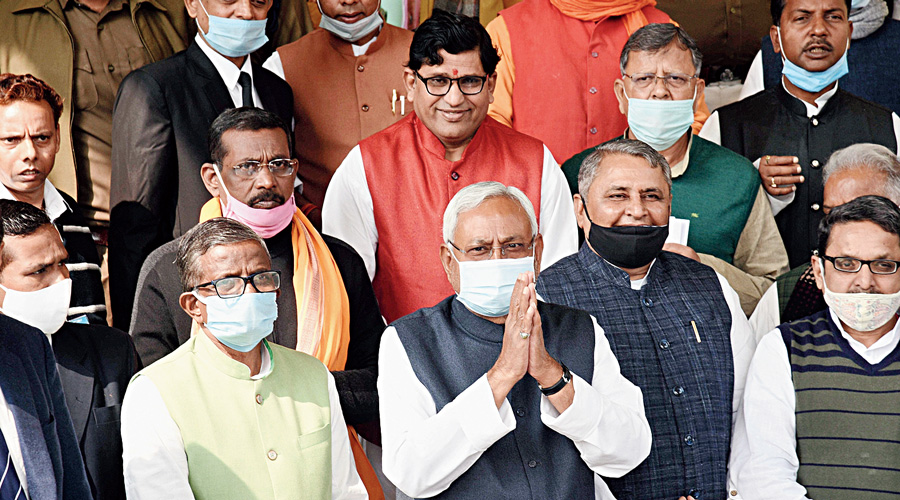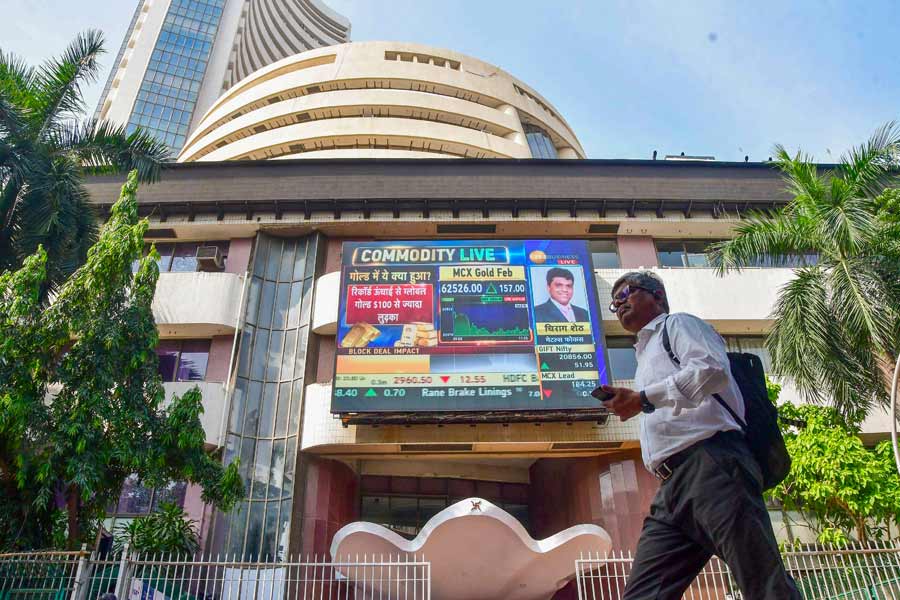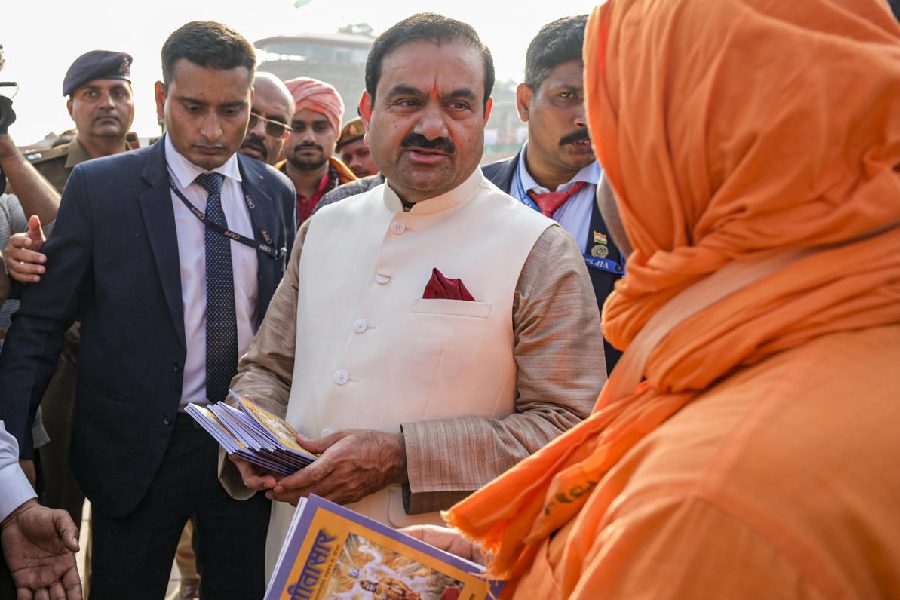This year’s Bihar budget has a different angle compared to other budgets as this is the first budget after series of happenings. Firstly, Bihar Budget 2021-22 is the first budget after devastating impact that the pandemic and the following lockdown have had on the economy. Secondly, it is the first budget after Bihar elections. Thirdly, it is also first budget of the state after Fifteenth Finance Commission recommendations. Finally, among 28 states, Bihar is second to produce its budget after Union Budget 2021-22. West Bengal was the first state to produce its budget for 2021-22.
The NDA government on Monday presented a Rs 2.18 lakh crore budget for 2021-22 with special emphasis on education and rural development. The size of the state’s budget has increased nine-fold to touch Rs 218302.70 crore in 2021-22, from Rs 23,885 crore in 2004-05. The pain which the migrants faced throughout the lockdown, translates the reason of allocation of a major chunk of Rs. 24155.75 crore (11.07 per cent) on rural development. Ever since 2004-05, Bihar has consistently been a revenue surplus state. The revenue surplus increased continuously till 2014-15 and then jumped by 153 per cent to reach a record high level of Rs 14,823 crore in 2017-18. However, it declined by 52.5 per cent to reach the figure of Rs 6,897 crore in 2018-19 and is projected to increase by 33 per cent to Rs 9,195 crore in the budget estimate of 2021-22.
Budget maths
The budget maths of Bihar is quite interesting. The total expenditure in Bihar is expected to be Rs 2.18 lakh crore, indicating an increase of 3.09 per cent over the last year’s estimate of Rs 2.11 lakh crore. While doing budgetary exercise, Bihar always focuses on actual trend. In that case, if we calculate the increase of 2021-22 BE from the actuals of 2019-20 which was Rs 1.44 lakh crore, it shows an increase of 52 per cent over the period of 2 years.
The proposed receipt of the government is Rs 218502.70 crore in 2021-22 as against Rs 211961.49 crore in 2020-21, of which revenue receipt is Rs 186267.3 crore (85.3 per cent) and capital receipt is Rs 32235.4 crore (14.8 per cent).
Total government expenditure is segregated in to two heads: Revenue and Capital Expenditure. The anticipated revenue expenditure for 2021-22 is Rs 177071.4 crore, which is 7.5 per cent (Rs 164751.2 crore) higher than the revenue expenditure of 2020-21. Contrary to this, the capital expenditure decreased by 12.3 per cent to Rs 41231.3 crore in 2021-22. The increase in revenue expenditure shows government’s commitment towards social services which needs more public spending. But decrease in capital expenditure will also have an adverse effect on the economy as capital expenditure means asset creation. One must note here that Union budget is enhancing its budgetary support for capital expenditure.
Receipt and sector-wise expenditure
The revenue receipts include state’s share in central taxes, grants-in-aid from central government, state's own tax and non-tax revenue. The share of central taxes has always contributed more than half of Bihar’s total revenues. As per estimates of 2021-22, 67 per cent of the state’s revenue will come from share in central taxes and grants-in-aid which is 1.2 percentage points lower than the estimate of 2020-21, when this share was 68 per cent.
As per recommendations of the Fifteenth Finance Commission, the share of states in central tax pool is reduced from 42 to 41 per cent. But in terms of share, Bihar had a benefit of 0.4 percentage points as share of the state was increased from 9.66 per cent (14th Finance Commission) to 10.06 per cent (15th Finance Commission). But this would have profited the state, had the share been 42 per cent. Due to reduction in share from 42 to 41 per cent, ultimately Bihar’s share has decreased. This is also visible from the budget estimate of 2021-22.
Although Bihar managed to have surplus budget even after maintaining fiscal discipline as per FRBM norm, the state couldn’t get the benefit of revenue deficit grant. Generally, expenditure in budget is divided into three heads: General, Economic and Social along with loans and advances. A sectorwise glance on allocations shows that giving prime importance to education and rural development the state has earmarked Rs 39467.3 crore (18.1 per cent)for ensuring quality education and Rs 24155 crore (11.1 per cent) to rural development for raising basic infrastructure. Second comes the subjects of water supply, urban development where government allocates Rs 20917.95 crore (9.6 per cent) followed by social security Rs 17508.54 crore (8.0 per cent).
Next comes irrigation with Rs 13520.16 crore (6.2 per cent) and after that comes health with Rs 13011.91crore which is around 6.0 per cent of the total budget. But as health has become a prime subject after pandemic and being a state subject needs more attention of the state, there was an expectation that lump sum will go for health.
The fiscal deficit is the borrowing requirement of the state and managing fiscal deficit reflects the prudent fiscal management. The state’s fiscal deficit has been estimated at Rs 22510.78 crore in 2021-22 in the budget, which is 2.97 per cent of the GSDP estimated at Rs 757026.0 crore. As per the provisions of the FRBM Act 2003, no state can cross the threshold limit of 3 per cent of GSDP and Bihar throughout has maintained this limit. However, due to pandemic, this threshold has been relaxed to 5 per cent in 2020-21and 4.5 per cent for 2021-22.
Finally, this is a balanced budget which has maintained the spirit of welfare by estimating an increase in revenue expenditure which will add on the development expenditure of the state. Yet, it was expected that there will be a higher allocation for health as unprecedented times call for unparallel commitments, but this was missing. However, increase in allocation in education and rural development will boost up these sectors to deliver quality and enhance job opportunities. The government’s focus on rural development is a good indicator as it will lead to jobs opportunities and asset creation in the rural sector which supports 89 per cent of Bihar’s population.
New announcement
The budget of pandemic times is an inclusive budget as it has allocated Rs 476 crore on Saat Nishchay part-2, which includes youth, women, agriculture and irrigation, rural and urban development, connectivity and health which has become a major issue for all states.
To promote higher education among girls, an incentive amount of Rs 25000 will be given to intermediate pass students and Rs 50,000 to female graduates. For this, an allocation of Rs 600 crore has been made. Also, to promote women entrepreneurship, Rs 200 crore has been allocated to industry department. So overall, this is a budget with new ray of hope.











